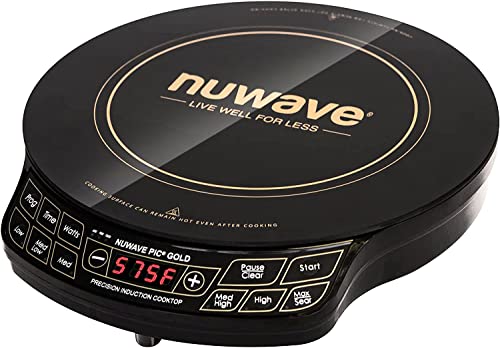This is, I promise, my last post on this matter.
I'll distill my reply down to one issue here; the longer (!) response I deleted will go on my blog.
So how can I see all that power in absorb and float if the program isn't boosting it any longer? That is one of the myths of MPPT...there is no boosting going on by the controller or program. The power is always there, the buck converter makes it accessible.
That might be the critical piece of bad information that is throwing everything else off.
The MPPT controller can (and does) stop unneeded power from coming into the controller by running the panels at a power point that makes less power. This is knowable, observerable stuff. We can see it with a multimeter or a controller display.
I just went outside and observed my system in Float. A bit of of shade on the panels but the solar was providing the ~18W it took to hold float voltage and run what little load there was.
Panel voltage was observed to be 39.2V.
Wait, why was the panel running way out at 39.2v when panel's max output is at 36.5v? Because at 39.2v on my panels' power curve the panel puts out ~.5A, which gives us ~19w.
Either that's a massive coincidence or the controller found the power point that would make the correct amount of power.
Then I added a load.
It took a minute to settle down but when it did the system found equilibrium it took ~90W to hold float voltage and carry the load. But
now the panel voltage was observed to be 36.7v!
Why was it now
36.7v when a minute before it was
39.2v and max power is at
36.5? Because at 36.7v on my panels' power curve the panel is putting out 2.5A, which gives us 91W.
A second coincidence?
Not a coincidence; a pattern. To paraphrase Dave Chappelle: "that's what [M]PPT controllers
do; that's what they're
for."
Summary for onlookers
Off-grid MPPT controllers manipulate solar panel output to match demand.
/crickets
seriously, that's it
Test it for yourselves
I encourage everyone to test this for themselves rather than believing anything I say. If the summary above is correct the solar setup's behavior should be predictable and repeatable along those lines.
So either watch the display or use a multimeter at the PV inputs on your controller to check your panel voltage (Vpanel) under various charging an load conditions. Then check where Vpanel lies on your panel's power curve (usually in panel specs). Multiply Volts X Amps at that power point on the curve to get power in Watts. Compare this to the real charging and load demands that were happening at that time in your camper.
After watching the patterns of behavior for a while, switch gears.
Now think about what the controller WILL do if you change loads or charging setpoints. Make your prediction then make the change. See if the prediction was correct. Do it a few times with variations to see if it is repeatable. For added rigor (and cheap amusement) make the prediction in front of someone and have them verify the result.
Then relax with your dog and have a cold beverage, because you grok the the workings of an MPPT controller.
Love and respect to all, especially Jim who I admire greatly. I now return you to your normally scheduled program.









































































